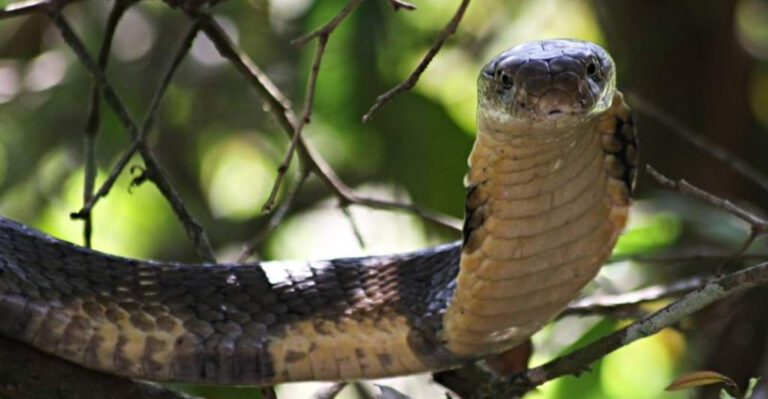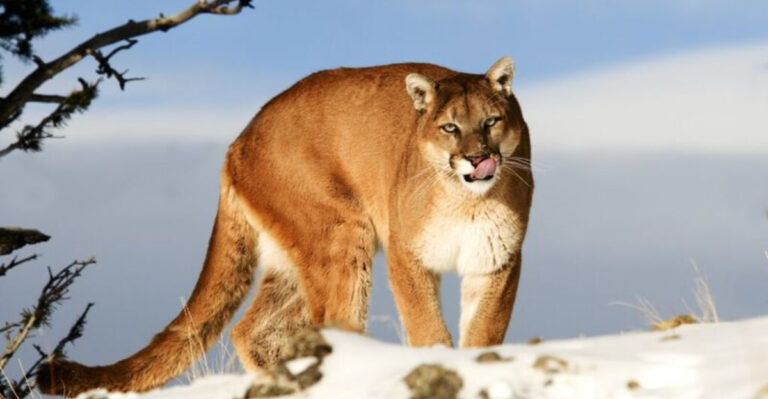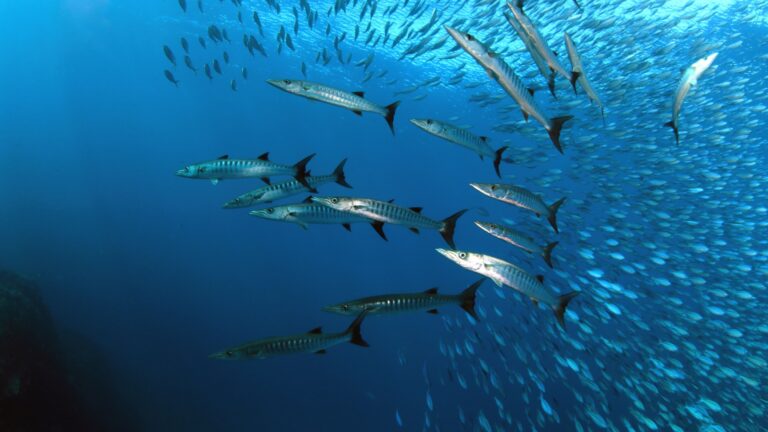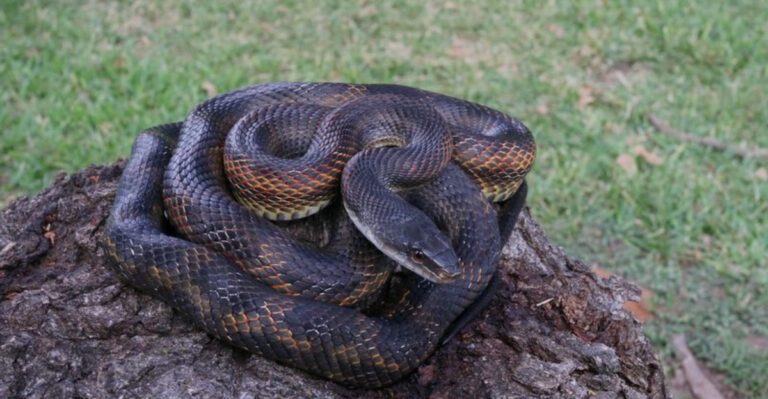14 Rare Alabama Animals That Are On The Brink Of Extinction (Based On Recent Data)
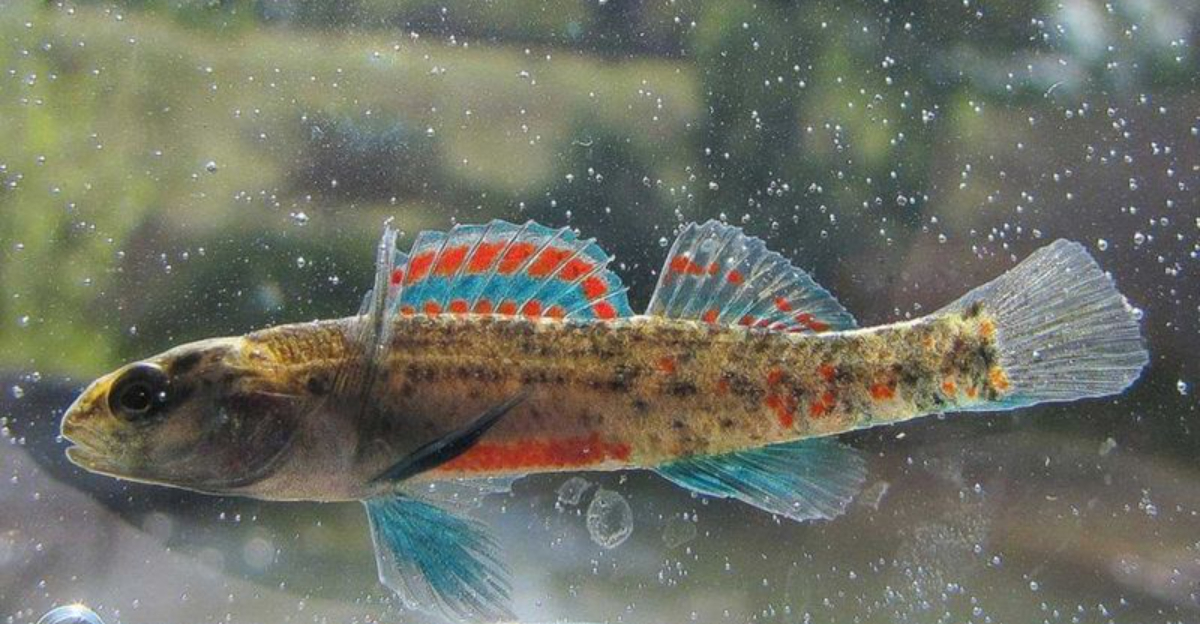
Alabama’s diverse ecosystems harbor incredible wildlife found nowhere else on Earth. Sadly, human activities, habitat loss, and climate change have pushed many of these unique creatures to the edge of extinction.
Recent data from wildlife experts shows alarming population declines for several species native to the Heart of Dixie.
Let’s explore these rare Alabama animals fighting for survival and discover why their protection matters for our state’s natural heritage.
1. Alabama Beach Mouse

Scurrying along coastal dunes, these tiny creatures are masters of survival in harsh beach environments. Their pale coats blend perfectly with white sand, offering protection from predators hunting at night.
Coastal development has destroyed over 80% of their natural habitat. Hurricane damage and feral cats further threaten remaining populations, which now exist in just five small areas along the Gulf Coast.
Conservation efforts include dune restoration and protected corridors allowing these mice to move between isolated habitats. Without these measures, these unique mammals – found nowhere else on Earth – could disappear within a decade.
2. Red Hills Salamander
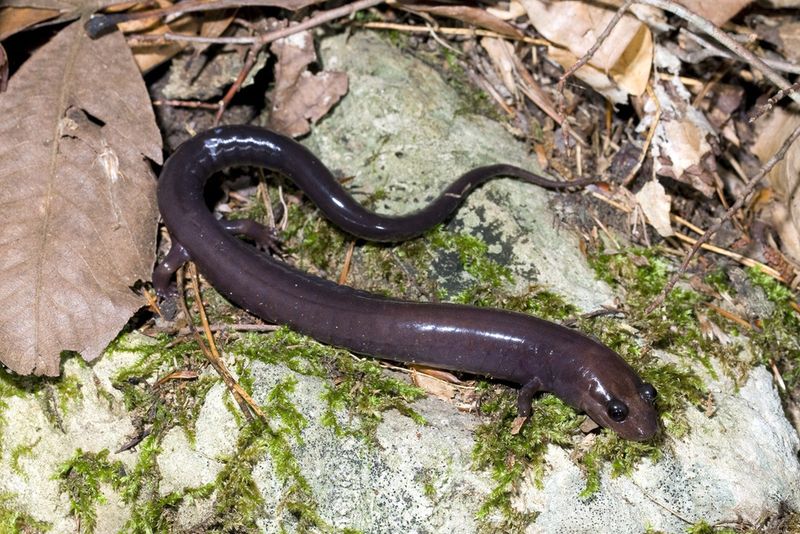
Found exclusively in a narrow band of Alabama’s southern counties, this large woodland salamander has become a symbol of the state’s unique biodiversity. With chocolate-brown skin and a robust six-inch body, it spends most of its life in self-dug burrows on steep, moist hillsides.
Forestry practices have fragmented its already limited range. These salamanders require specific soil conditions and can’t simply relocate when their habitat is disturbed.
Scientists estimate fewer than 10,000 remain in the wild. The species was actually discovered in 1960 and was immediately recognized as distinct enough to merit its own genus – Phaeognathus – making it Alabama’s only endemic vertebrate genus.
3. Alabama Cavefish
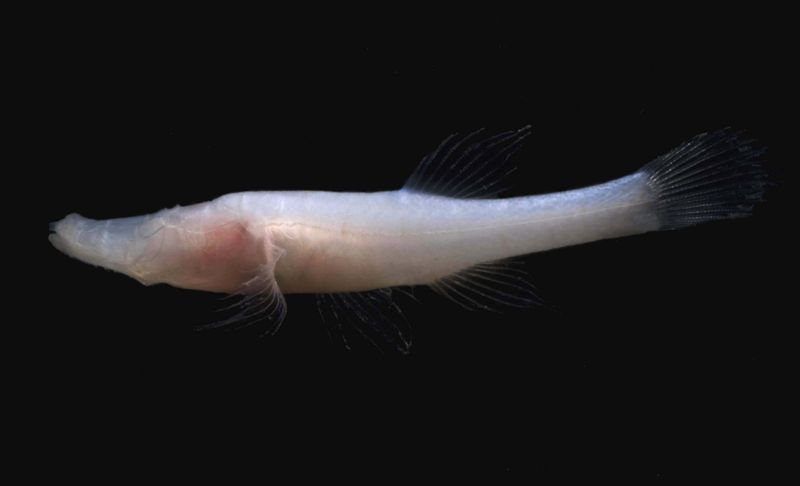
Swimming through absolute darkness, this ghostly white fish navigates by sensing vibrations in the water. Evolution has eliminated its eyes – unnecessary in the perpetual blackness of underground pools where it lives.
Known from just five caves in northwest Alabama’s Key Cave National Wildlife Refuge, this fish represents extreme adaptation to specialized environments. Groundwater pollution and altered water flow threaten its survival.
Alabama cavefish reproduce slowly, with females laying few eggs. Their diet consists primarily of tiny crustaceans washed into caves during rains. Scientists believe fewer than 100 individuals may remain, making them one of the rarest vertebrates in North America.
4. Mitchell’s Satyr Butterfly
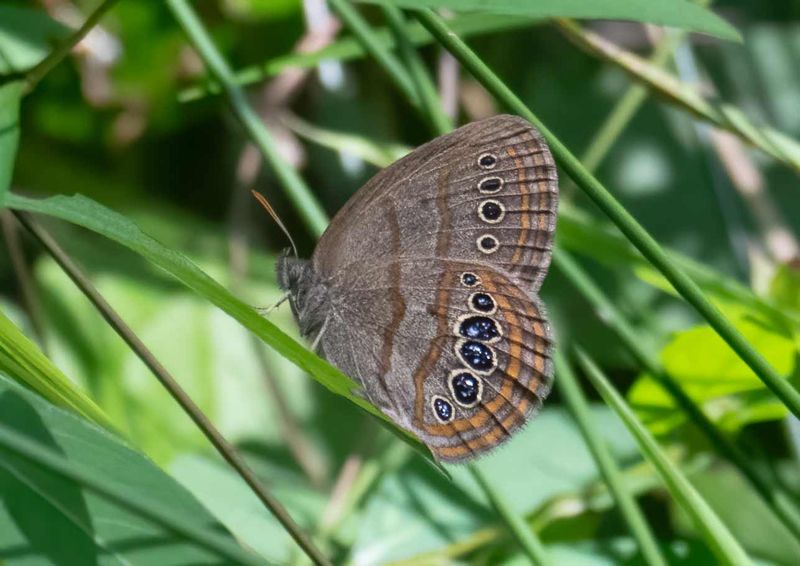
With chocolate-brown wings adorned with a row of striking orange-ringed eyespots, this butterfly once fluttered through wetlands across the southeastern United States. Today, Alabama holds one of the last populations of this rapidly vanishing insect.
Wetland drainage for agriculture has eliminated most suitable habitat. The butterfly’s caterpillars feed exclusively on sedges found in rare wetland prairie habitats called fens.
Incredibly particular about their living conditions, Mitchell’s satyrs need specific moisture levels, plant communities, and shade patterns. Conservation efforts include captive breeding programs and habitat restoration, but recovery remains challenging. Each butterfly lives just 14 days as an adult, making their fleeting beauty all the more precious.
5. Alabama Sturgeon
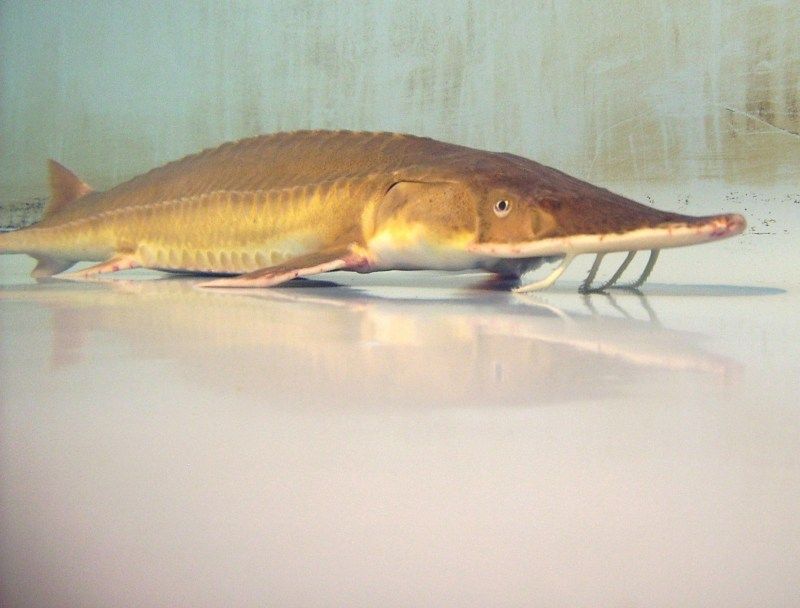
Once plentiful enough to support a commercial fishery, this ancient fish has witnessed a catastrophic decline. Growing up to 30 inches long with armor-like scales called scutes, the Alabama sturgeon is a living fossil whose lineage dates back over 100 million years.
River modifications for navigation and hydroelectric dams have fragmented their habitat and blocked spawning migrations. Pollution and overfishing delivered additional blows to already struggling populations.
No confirmed sightings have occurred since 2007, despite intensive sampling efforts. Some biologists fear it may already be functionally extinct in the wild. DNA from the last captured specimens is preserved in hope that future technology might offer restoration possibilities for this unique Mobile Basin species.
6. Flattened Musk Turtle
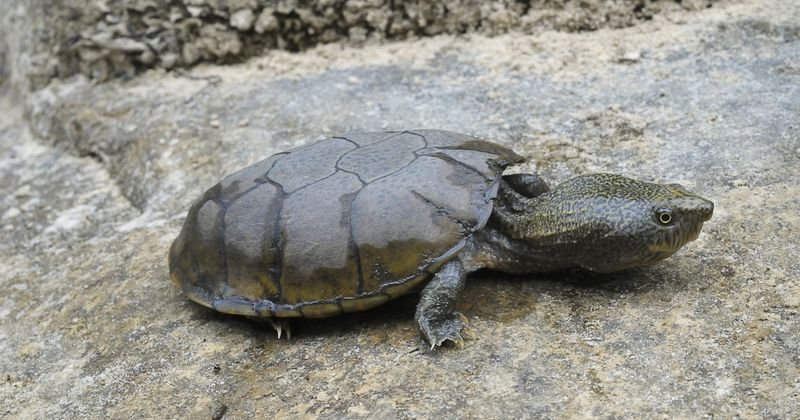
Looking like a miniature prehistoric creature, this small aquatic turtle sports a remarkably flat shell that helps it hide in crevices between rocks. Two fleshy barbels under its chin sense food in murky waters, while its powerful jaws crush snails and crayfish.
Found only in the Black Warrior River drainage, these turtles face mounting threats. Impoundments have transformed free-flowing streams into reservoirs unsuitable for their needs.
Sedimentation from mining and construction smothers the rocky stream bottoms where they feed. Adult females often travel onto land to lay eggs, making them vulnerable to predators and road mortality. Their slow reproduction rate – females produce just one clutch of 2-4 eggs annually – means populations recover slowly from losses.
7. Watercress Darter
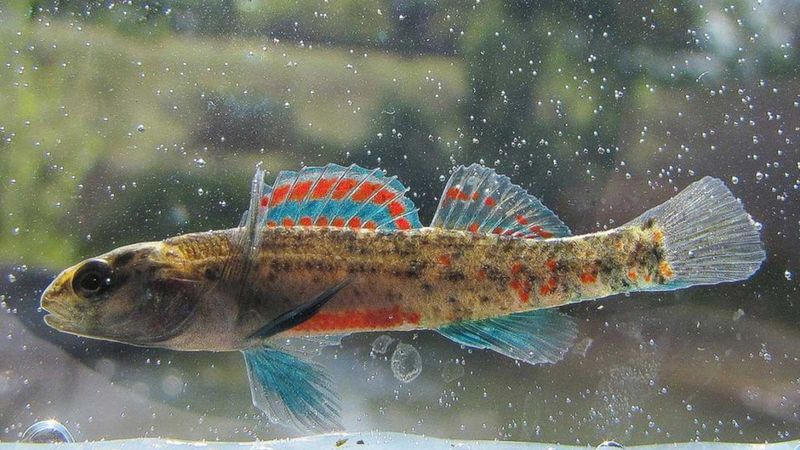
Sporting brilliant blue, red, and gold colors that rival tropical fish, this tiny jewel of Alabama’s springs measures barely two inches long. Named for its association with watercress beds, these vibrant fish hover among aquatic plants in crystal-clear spring-fed streams.
Urban development around Birmingham has destroyed most of their habitat. Remarkably, they exist in just five springs in the world – all within Jefferson County, Alabama.
In 1988, a conservation biologist rescued several hundred from a spring being filled for construction and relocated them to a suitable protected site. This quick action saved the species from extinction. Today, careful spring protection and water quality monitoring offer hope, but their future remains precarious as groundwater pumping threatens to reduce spring flows.
8. Black Warrior Waterdog
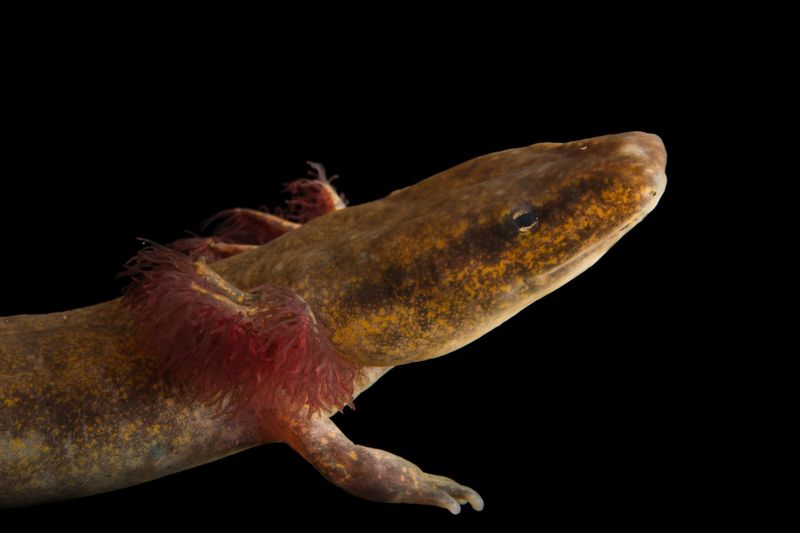
With its frilly external gills and spotted salamander appearance, this fully aquatic amphibian looks like something from another era. Locally called “mudpuppies,” these creatures never metamorphose into a land form, instead retaining their juvenile features throughout their lives.
Stream degradation from coal mining, forestry, and agricultural runoff has devastated their populations. These sensitive amphibians require exceptionally clean, oxygen-rich water to survive.
Scientists estimate a 90% population decline since the 1990s. Recent surveys located waterdogs in only 14 of 58 historical stream sites. In 2018, the federal government designated 420 miles of critical habitat in Alabama to protect remaining populations, focusing on maintaining forested buffers along streams where these remarkable creatures still cling to existence.
9. Inflated Heelsplitter Mussel
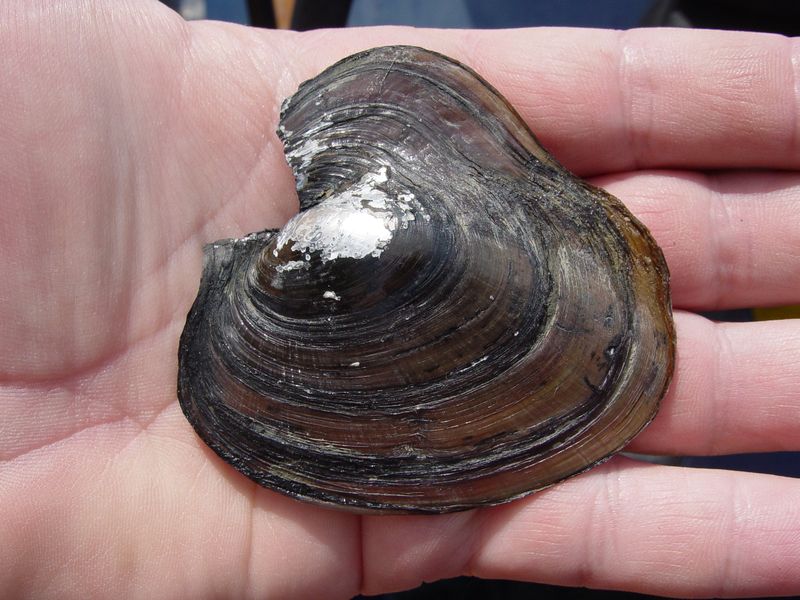
Named for its distinctive wing-like shell projection that resembles a cobbler’s tool, this freshwater mussel once thrived in Alabama’s rivers. The unusual shape helps prevent the mussel from being pushed deeper into soft river bottoms during high water events.
Dam construction has eliminated much of the flowing water habitat these filter-feeders require. Mussels have complex life cycles involving parasitic larval stages that must attach to specific fish species to develop.
Water pollution particularly threatens mussels because they continuously filter water through their bodies, concentrating toxins. One female can produce up to 300,000 larvae annually, but few survive to adulthood. Historical accounts describe river bottoms “paved with mussels” – a stark contrast to today’s scattered remnant populations struggling against extinction.
10. Alabama Red-bellied Turtle
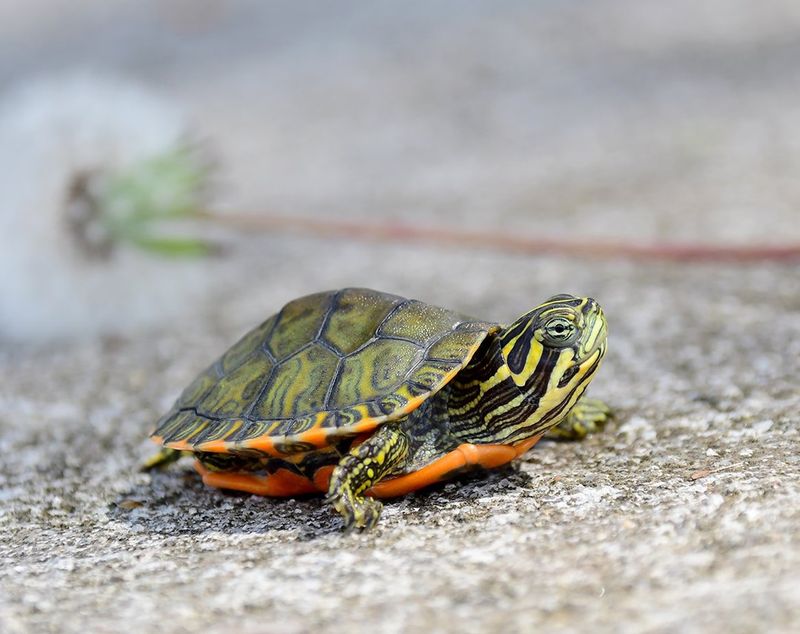
Gliding through coastal rivers and swamps, this striking turtle displays a distinctive red stripe along its lower shell that gives it its name. As Alabama’s official state reptile, it holds special cultural significance beyond its ecological importance.
Habitat loss in the Mobile-Tensaw Delta threatens nesting areas. Females must leave water to lay eggs on sandy banks, where development increasingly limits suitable locations.
Boat propellers cause deadly injuries to basking turtles, while invasive fire ants attack hatchlings emerging from nests. Recovery efforts include nest protection programs where volunteers install protective screens over discovered nests. Recent population estimates suggest fewer than 3,000 breeding adults remain, primarily in Baldwin and Mobile counties.
11. Southern Clubshell Mussel
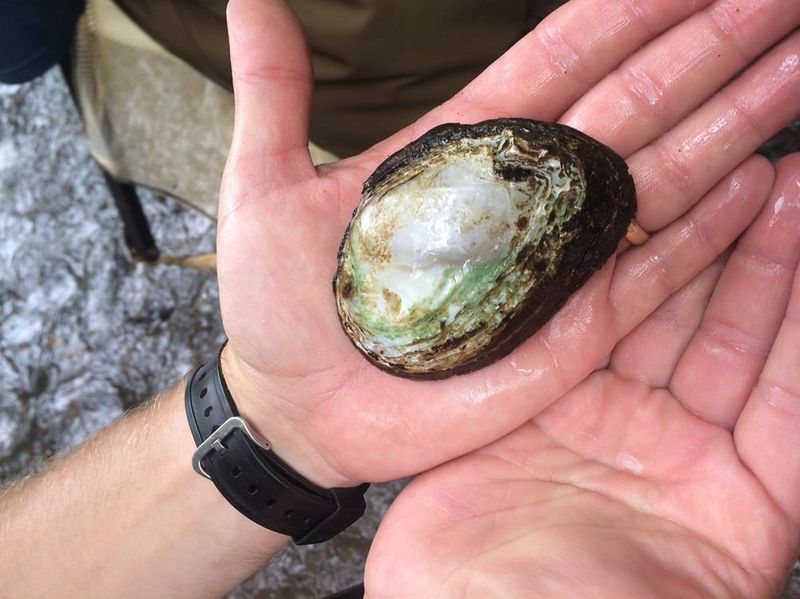
Resembling a stone with its thick, heavy shell, this mussel plays a crucial role in Alabama’s river ecosystems. Its triangular shape and prominent ridges distinguish it from other freshwater mussels that once carpeted river bottoms throughout the state.
Dams have transformed flowing rivers into still reservoirs unsuitable for these animals. Agricultural runoff, industrial pollution, and sedimentation further degrade remaining habitat.
Freshwater mussels are living water filters – a single individual can clean up to 15 gallons of water daily. Their decline signals serious water quality issues. Conservation hatcheries now raise juvenile mussels for reintroduction to suitable habitats. Recent monitoring shows some success, with small populations beginning to reproduce naturally in protected stream sections – a glimmer of hope for these remarkable creatures.
12. Spring Pygmy Sunfish
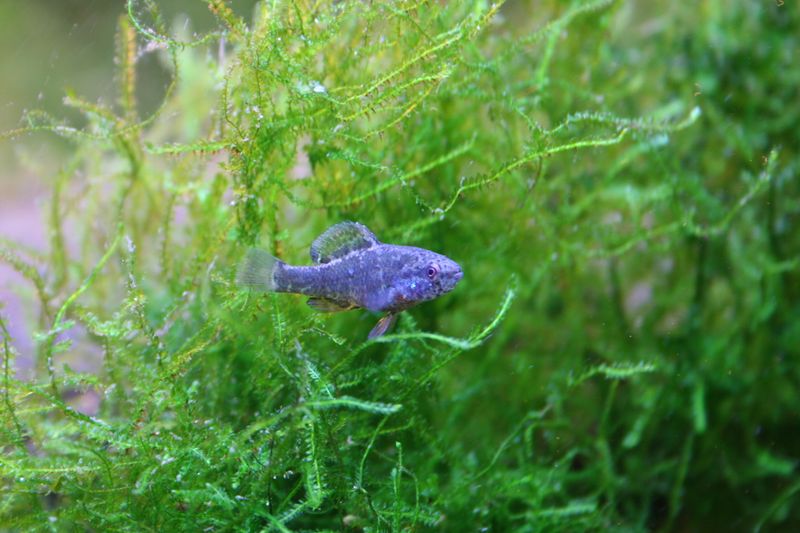
Barely larger than a quarter, these diminutive fish dart among underwater plants in limestone springs of northern Alabama. Males display brilliant blue iridescence during breeding season, flashing like living jewels in the clear waters.
Originally found in three spring systems, they’ve already disappeared from two. The last population occupies a five-mile stretch of Beaverdam Creek in Limestone County.
Agricultural runoff and groundwater pumping threaten this final stronghold. In 2013, conservation groups and landowners established a landmark agreement creating protected buffers around critical habitat. Ongoing monitoring shows population fluctuations tied closely to water quality. These tiny fish serve as indicators of healthy spring ecosystems – their decline signals broader environmental problems affecting water resources many Alabamians depend on.
13. Finelined Pocketbook Mussel
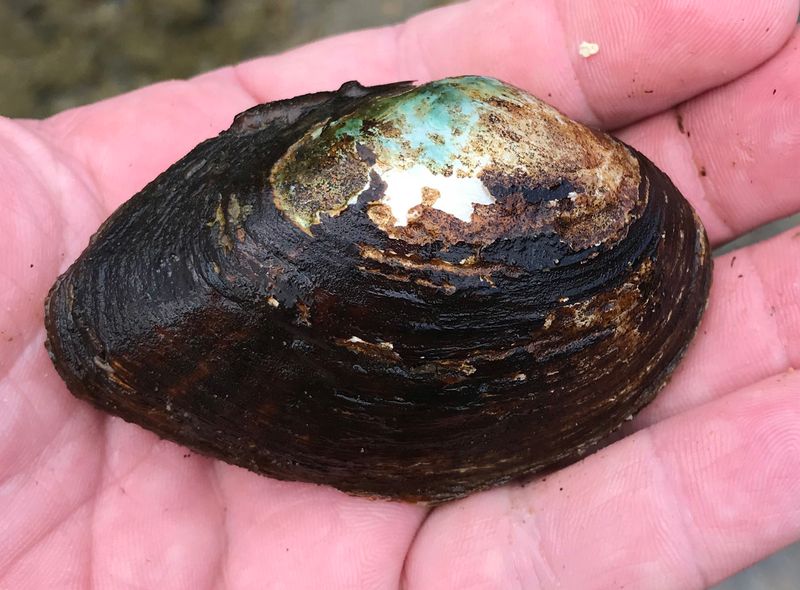
Delicate green rays radiate across this mussel’s yellowish shell, creating a pattern as unique as a fingerprint. Once abundant in the Mobile Basin’s rivers and streams, these freshwater mollusks have vanished from over 60% of their historical range.
Like other mussels, they employ fascinating reproductive strategies. Females display tissue that mimics small fish or insects, luring host fish close enough for larvae to attach to their gills.
Channelization – the straightening of natural river meanders – destroys the varied habitats these mussels need. Conservation efforts focus on identifying and protecting remaining populations while improving water quality in degraded streams. Despite their unassuming appearance, these animals can live over 50 years, serving as long-term indicators of ecosystem health throughout Alabama’s waterways.
14. Eastern Indigo Snake
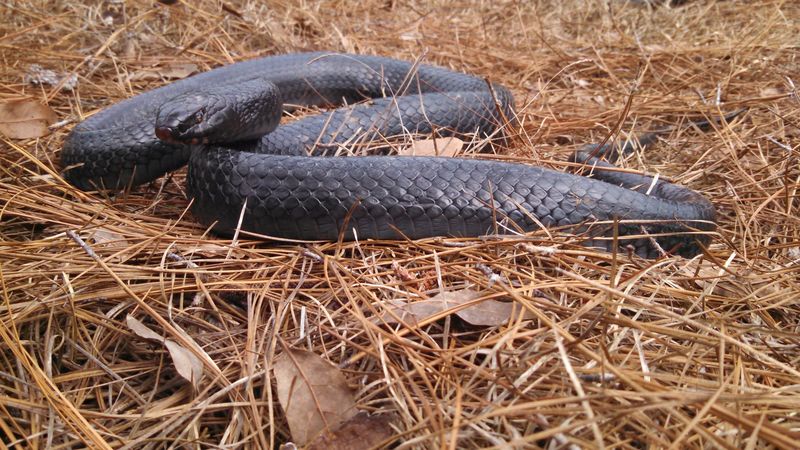
As America’s longest native snake, these magnificent reptiles can reach eight feet in length. Their iridescent bluish-black scales shimmer in sunlight, explaining their name – “indigo” referring to their distinctive coloration.
Once ranging throughout southern Alabama, they’ve disappeared from most of the state. Habitat fragmentation, gopher tortoise decline (they use tortoise burrows for shelter), and collection for the pet trade drove their local extinction.
A reintroduction program at Conecuh National Forest began in 2010, with over 170 captive-bred snakes released. Recent monitoring has confirmed successful reproduction in the wild – a significant conservation milestone. These non-venomous snakes serve as top predators, controlling rodent and venomous snake populations. Their gradual recovery symbolizes hope for restoring Alabama’s longleaf pine ecosystem.

